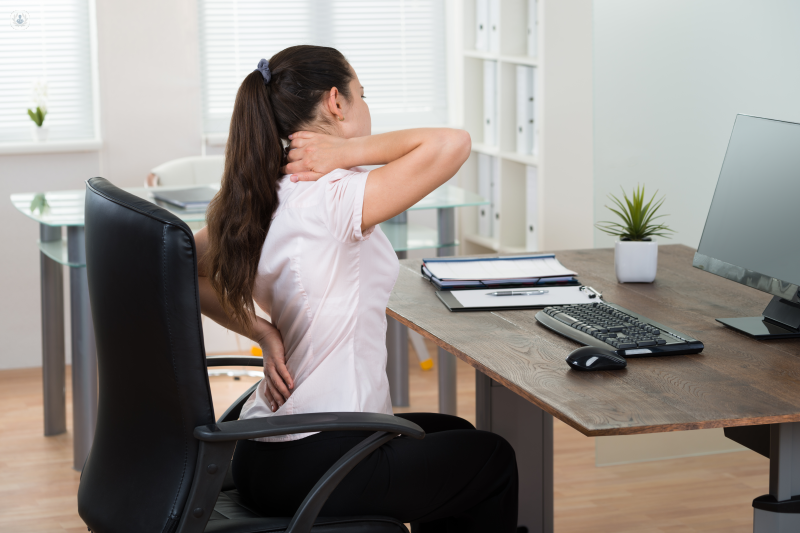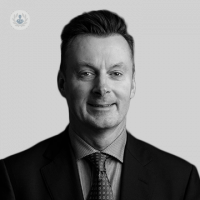Pars defect; a common cause of lower back pain.
Written by:The most common cause of lower back pain in adolescents,a pars defect can lead to the development of other conditions, like stress fractures if not treated accordingly. Neurosurgeon Mr Nicholas Thomas tells why this condition happens and what we can do about it.

What is pars defect?
Pars defect is a condition that affects the lumbar (lower) spine. The area affected is called the pars interarticularis. This is a small piece of bone that joins the facet joints at the back of the spine.
A pars defect occurs when the lower and upper vertebrae or spinal bones become separated, due to repeated stress and strain. The condition can be unilateral, affecting only one side of the spine or bilateral, affecting both sides of the spine.
Pars defects can sometimes lead to other conditions such as stress fractures and spondylolisthesis. Spondylolisthesis occurs when vertebrae become displaced, sometimes the upper vertebrae slip out more than the lower bones.
The most common symptoms are back pain and leg pain which can make certain daily activities challenging and painful.
What causes pars defect?
The condition occurs when too much pressure is placed on the pars interarticularis. Some sports can increase the risk of this pressure and stress. These can include:
- Activities that involve twisting
- Gymnastics
- Athletics
- Weightlifting
- Wrestling
- Tennis
- Dancing
Degenerative changes in the spinal discs and facet joints, which occurs with age or after trauma can also lead to a pars defect.
Treatment for pars defect
If other conditions, like spondylolisthesis or neurological symptoms, are not present, then a pars defect can be healed with rest and immobilisation.
Physical therapy can help speed up the recovery process. Exercises may include back strengthening exercises. It is important that the individual allows time for proper healing, before returning to sports or any tasks involving heavy lifting and twisting.
On the other hand, if spondylolisthesis or neurological symptoms are present, surgery may be required. The surgery would involve decompressing the trapped nerves that have been squeezed as a result of discs slipping and spinal fusion surgery, to stabilise the spine, while the bones grow back and become stable once more.
If you are experiencing lower back pain, which could be the result of exercise and strain, book a consultation with Mr Nicholas Thomas.


